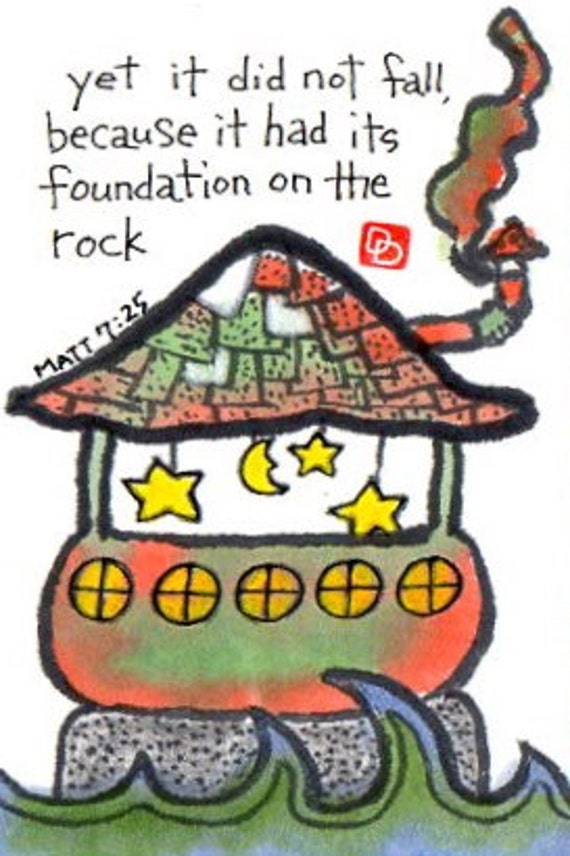
Almost any magazine, blog or TV show about home and decorating includes
advice on purging our unwanted items and organizing our homes.
Less is more. Minimize. Live simply.
During this season of spring cleaning and garage sales,
consider bringing those unused items to an Impact Thrift Store.
It's a way of recycling back into the community.
So far there are four locations, all in southeastern Pennsylvania.
Impact Thrift Stores is a non-profit organization with a mission to assist local charities,
either financially or cooperatively, to help needy families by providing support, housing and food.
So, it's a win-win-win situation!
You can find lots of terrific things to buy there as well.
Sure, thrift stores have loads of clothes, accessories and home goods,
but what I'd like to recognize are some of the amazing furniture finds.
Take this solid wood dresser for example, with its cute door and curved drawer.

You never know what treasures you may find!
How about these retro chairs? The Eames style is very cool.

Another pair of chairs. Now, here's a reason for in-the-know fans of interior design to drool.
These lounge chairs with sleek molded plywood arms, circa 1957, were made by Baumritter,
as part of the Viko collection. Baumritter later changed its name to the now familiar Ethan Allen.

A gorgeous mid-century Danish Modern dining table with six chairs.

If you enjoy DIY, this is the place for you.
Imagine this mirror becoming oh-so chic with a coat of paint in a funky color.

Take a look at the wood frame of this chair. Great bones begging for a cushion update.

An interesting accent table with an inlaid wood top sits next to a piano and two organs.

In need of an affordable Tiffany-style light fixture above your pool table?

You can place your bid at the silent auction,
in hopes of getting an especially rare or valuable item at a real bargain.
Maybe this drum set...

...or this adorable vintage car for your favorite mini-firefighter.

Shop or donate at an Impact in any of these towns:
Feasterville
Hatboro
Montgomeryville
Norristown
Visit their website to learn more about Impact Thrift Stores.
They're on Facebook too!







































